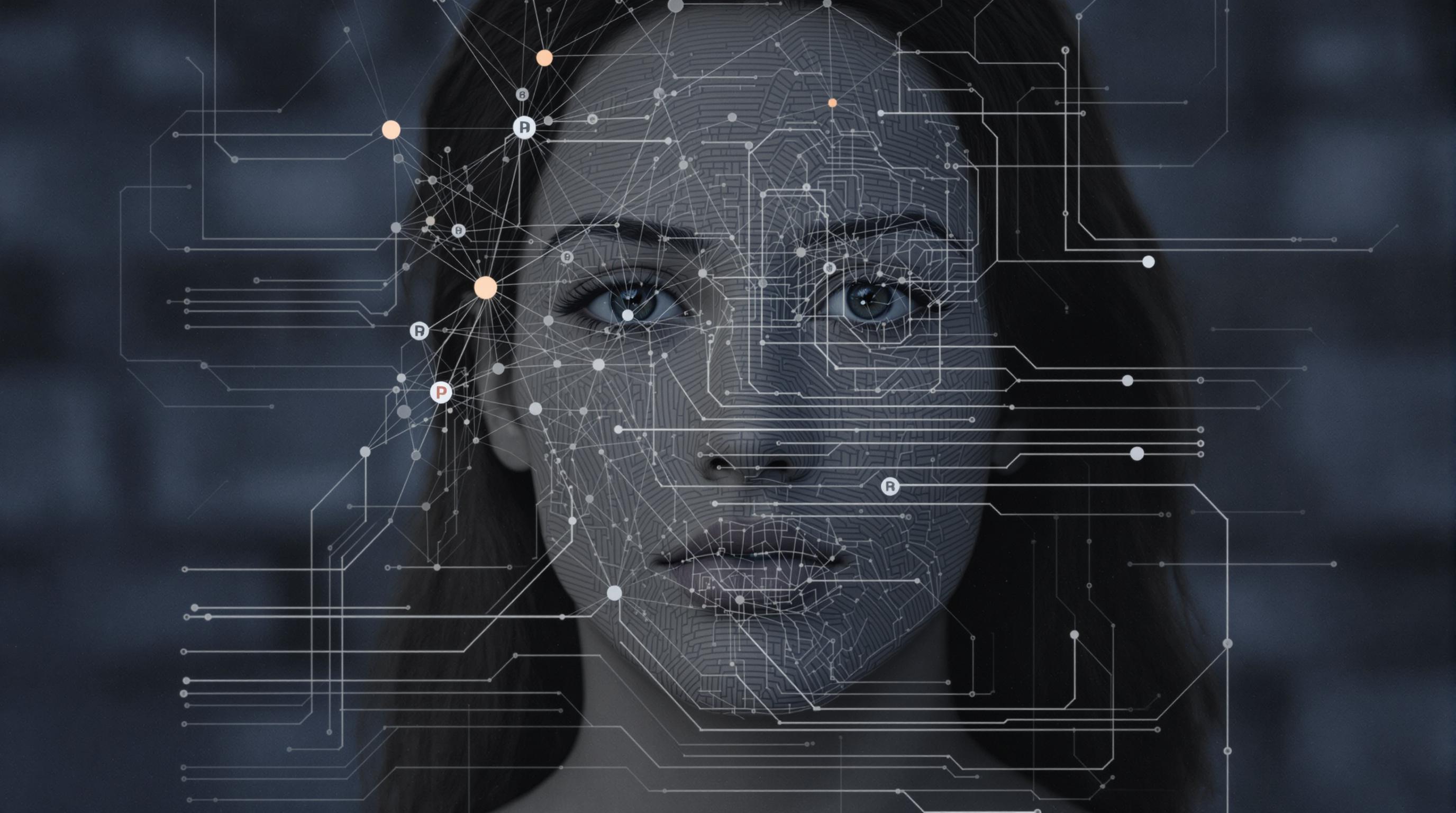Related Articles
- Unseen Boundaries: How Privacy Laws are Shaping the Ethics of AI and Biometric Data Use in Everyday Life
- 5 Emerging Privacy Gadgets from the Last Five Years That Are Redefining Data Control in Unexpected Ways
- 7 Cutting-Edge IoT Security Devices Released Since 2019 That Are Changing How We Protect Smart Homes
- When Everyday Objects Turn Rogue: Unveiling the Unseen Risks of IoT Device Mischief in Smart Homes
- 7 Cutting-Edge VPNs Evaluated for Compliance with New Privacy Laws and User Rights in the Last Five Years
- 5 Game-Changing Cloud Privacy Gadgets Launched Recently That Outsmart Mainstream Security Solutions
Unseen Boundaries: How Privacy Laws are Shaping the Ethics of AI and Biometric Data Use in Everyday Life
Unseen Boundaries: How Privacy Laws are Shaping the Ethics of AI and Biometric Data Use in Everyday Life
The crossroads of privacy laws and biometric AI technologies are forging new ethical terrain in our daily lives, reshaping how personal data is handled and protected. This evolving landscape invites urgent questions about consent, transparency, and the balance between innovation and individual rights.
A Cautionary Tale from a Small Town
Imagine a small town in Oregon that recently installed facial recognition cameras in public spaces, aimed at reducing crime. Residents initially applauded the move, but soon, anxiety crept in as false positives increased, and innocent people found themselves under unwarranted suspicion. Here lies a real-world example of how biometric data, while powerful, can ignite conflicts between safety and privacy rights.
Privacy Laws: The Guardian Angels?
Privacy regulations like the European Union's General Data Protection Regulation (GDPR) and California Consumer Privacy Act (CCPA) have emerged as critical frameworks that govern how biometric data is collected, stored, and shared. For instance, GDPR requires explicit and informed consent for biometric data processing, a step aiming to protect individuals from covert surveillance. But how effective are these laws in the rapidly advancing AI space, especially when data can be repurposed endlessly?
The Diversity of Global Regulations
Regulatory efforts are anything but uniform. In contrast to the EU's strict oversight, countries like China have embraced AI-driven biometric monitoring extensively with less public transparency. This imbalance creates an ethical tug-of-war with implications for global tech companies that must navigate divergent laws while respecting user privacy.
Ethical Gray Zones in AI and Biometrics
AI algorithms depend on massive datasets to improve accuracy, but when those datasets include biometric identifiers, ethical dilemmas surface. For example, research shows facial recognition systems can exhibit racial and gender biases, leading to disproportionate impacts on marginalized communities (Buolamwini & Gebru, 2018). This reveals not only technical shortcomings but systemic ethical failures magnified by insufficient privacy protections.
Statistics Speak Loudly
Did you know that over 90% of U.S. adults’ faces are now contained in facial recognition databases, often without explicit consent (NPR, 2021)? This staggering figure underscores how entrenched biometric surveillance has become, raising alarms about the normalization of invasive data collection under the guise of convenience and security.
Conversational Insight: Privacy in My Daily Life
As a 45-year-old writer, balancing privacy and technology feels like walking a high wire. I use a smartphone with fingerprint recognition but grew wary when apps asked for more biometric permissions than necessary. Privacy laws gave me a tool to push back—requesting data deletion or limiting app access—which felt empowering. However, many people are still unaware of their rights or how to exercise them.
The Role of Transparency and Consent
Transparency is the keystone upon which ethical AI use stands. Companies must not only disclose their data practices clearly but also ensure users genuinely understand what they are consenting to. Unfortunately, lengthy terms of service often obscure critical details, creating a culture of unconscious compliance rather than informed choice.
Case Study: Apple's Face ID
Apple’s Face ID technology illustrates a relatively privacy-conscious approach by storing facial data only on the user’s device rather than in the cloud. This design limits potential breaches but also highlights how technology companies can ethically innovate by embedding privacy into system architecture—so-called 'privacy by design.'
A Shift in Perspective: From Compliance to Ethics
Legal compliance, while necessary, is becoming insufficient in addressing ethical concerns around biometric AI. Industry leaders and policymakers are increasingly calling for frameworks that prioritize the human element—respecting dignity, autonomy, and equitable treatment—beyond mere regulatory checkboxes.
Humor Break: When AI Goes Too Far
Picture this: you walk into your favorite café, and the AI-powered payment system politely greets you by name—but mistakes you for your neighbor, leading to a coffee tab confusion. While hilarious, such glitches remind us that despite advances, AI's understanding of human nuance is imperfect. This imperfection demands cautious ethical oversight, especially when biometric data misidentification can have more serious consequences.
The Future: Striving for Balanced Innovation
Innovators must grapple with integrating AI’s benefits into everyday life without eroding privacy rights. Encouragingly, emerging technologies like differential privacy and federated learning show promise by allowing AI to learn from biometric data while minimizing exposure risks. These tools could be key to ethical AI that respects unseen boundaries.
Legislation Can't Do It Alone
Relying solely on laws to solve the ethical issues surrounding biometric AI is unrealistic. Society’s awareness, corporate responsibility, and proactive ethical design must converge. As citizens, staying informed and advocating for transparency ensures that technology develops not at the expense of privacy, but in harmony with our values.
Why It Matters to You
No matter if you're a teenager snapping selfies or a retiree using voice-activated assistants, biometric data directly touches your life. Your face, voice, gait, or even your heartbeat could be harvested, analyzed, and stored. Understanding the unseen boundaries shaped by privacy laws empowers you to navigate this brave new world with both caution and confidence.
References:
Buolamwini, J., & Gebru, T. (2018). Gender Shades: Intersectional Accuracy Disparities in Commercial Gender Classification. Proceedings of Machine Learning Research.
NPR. (2021). Facial Recognition Is Everywhere — And So Are The Questions. Retrieved from https://www.npr.org/2021/12/20/1066200053/facial-recognition-is-everywhere-and-so-are-the-questions




